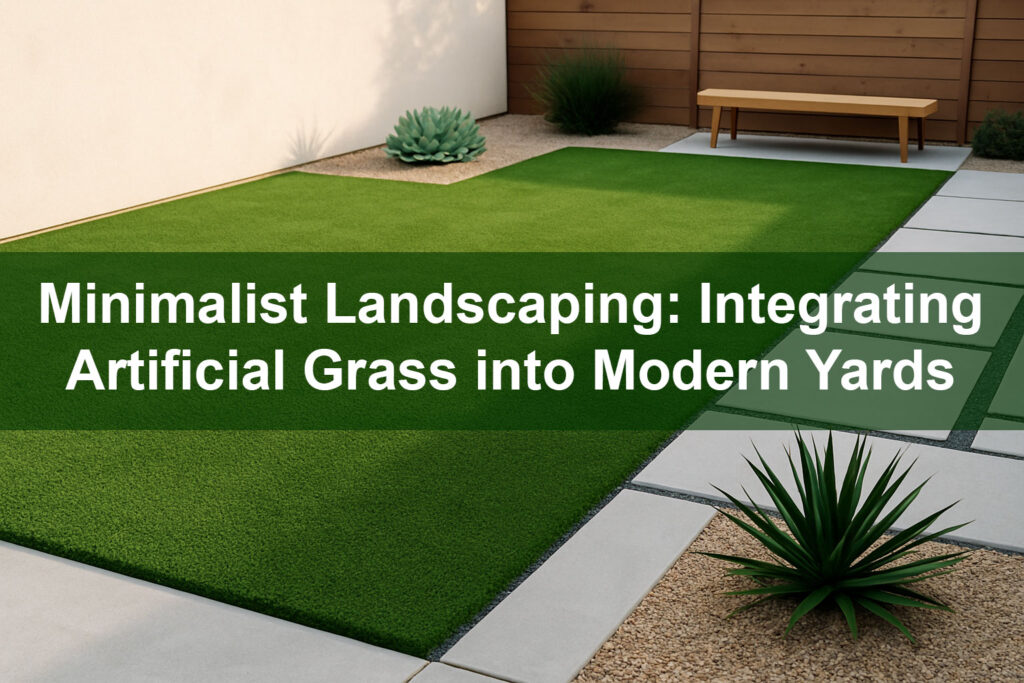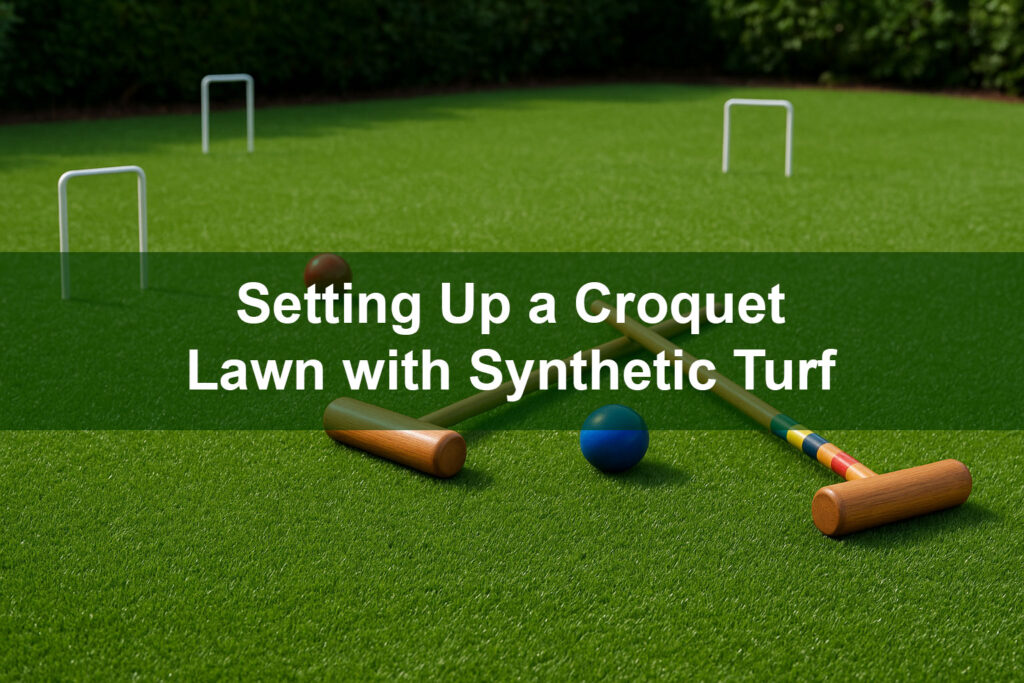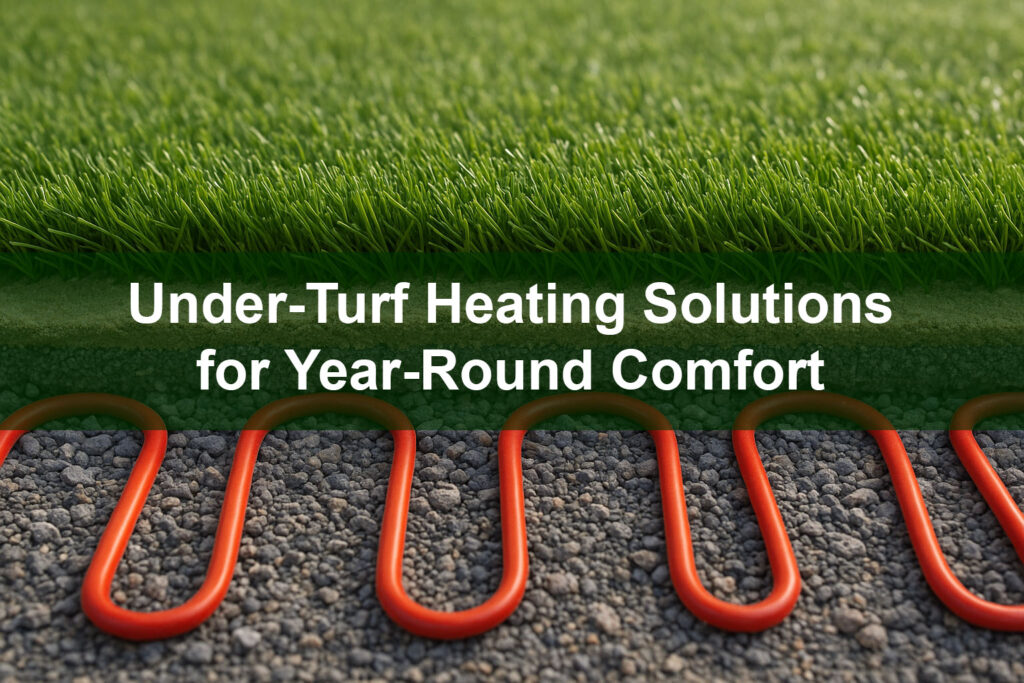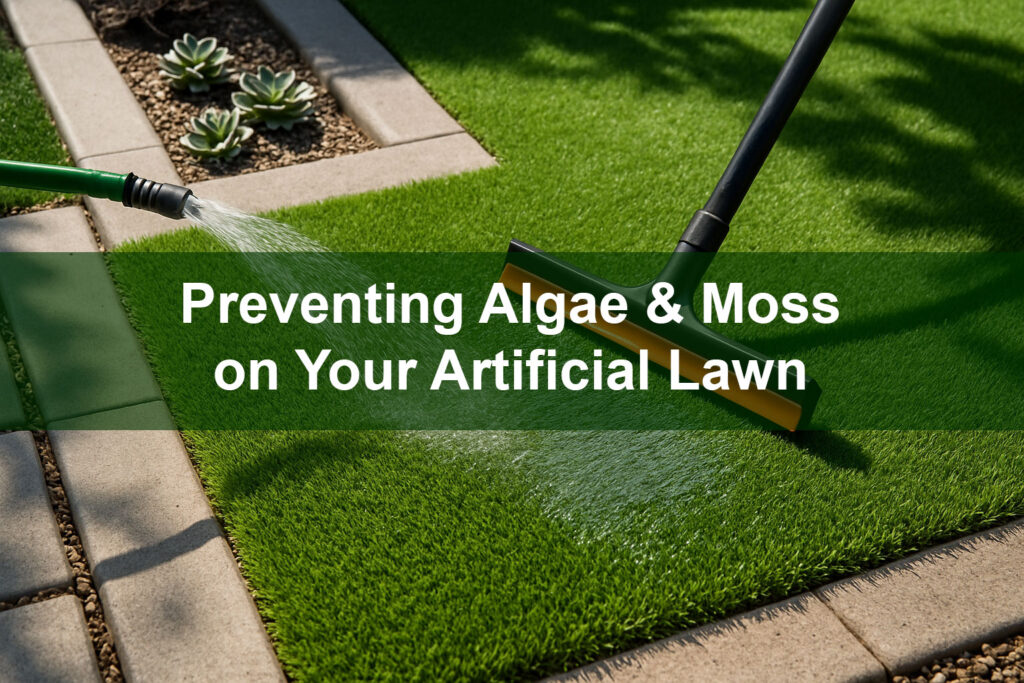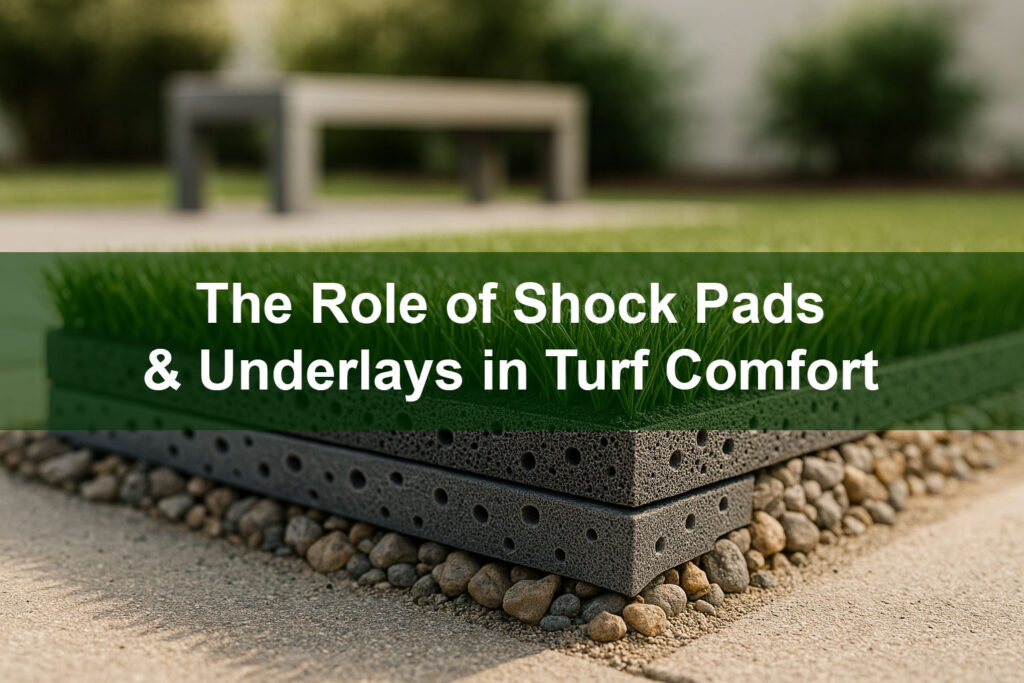What you’ll learn
- Core principles of minimalist landscaping
- How to select the right artificial grass (pile height, density, color)
- Layout and hardscape strategies to reinforce minimalism
- Low-maintenance planting choices and irrigation considerations
- Installation tips for clean edges, drainage, and long-term performance
- Practical styling ideas and a simple maintenance routine
1. Minimalist landscaping design principles
If you’re aiming for minimalist landscaping, begin by simplifying purpose and circulation: decide where people will walk, sit, and look. Limit materials to two or three complementary textures (for example, warm concrete, matte metal, and synthetic turf) and keep negative space intentional so the green plane reads as part of the home’s architecture. Repetition and rhythm—few plant species repeated in measured amounts—are core to the style.
2. Choosing artificial grass for minimalist landscaping
Not all turf works for minimalist yards. For a refined aesthetic, choose:
- Pile height: Shorter piles (15–30 mm) keep the surface tidy and architectural.
- Fiber type & density: Monofilament polyethylene with high stitch density resists matting and maintains a smooth plane.
- Color: A consistent mid-green with subtle thatch creates depth without visual clutter.
- Infill: Modern low- or micro-infill systems preserve the look while improving stability and drainage.
By selecting the right turf you reinforce the minimal composition rather than distract from it.
3. Layout & hardscape for minimalist landscaping
Hardscape and turf should read as partners. Large-format pavers, straight linear beds, and narrow gravel buffers complement a simple turf plane. When alternating paver and turf bands, keep grout lines slim and align joints to create a clean grid. For modern yards, consider invisible or low-profile metal edging to preserve crisp lines where turf meets paving.
4. Planting choices that support minimalism
Choose plants for form and repetition: succulents, agaves, clipped shrubs, or single-trunk trees with clean canopies. Use specimen plants sparingly and place them to anchor sightlines. Minimalist landscaping benefits from drought-tolerant species that don’t overwhelm the turf plane.
5. Installation tips for a crisp minimalist finish
Precision is critical. Key installation steps include:
- Base preparation: Proper grading and compacted aggregate prevent settling and encourage drainage.
- Seaming: Orient seams away from primary sightlines and use quality seam tape and adhesive.
- Edges & transitions: Conceal fasteners and use flush transition strips where turf meets decking or pavers.
6. Low-maintenance care for minimalist landscaping
One reason designers choose artificial grass for minimalist landscaping is low upkeep. Tasks are light: occasional brushing to lift fibers, rinsing to clear debris, and a yearly inspection of seams and edges. Minimal maintenance ensures the composition retains its purposeful, clean look with little effort.
7. Simple styling & furniture for a modern yard
Furnishings should be sculptural and sparse: a single bench, a low sofa, or one pair of lounge chairs. Add one or two sculptural planters or a modest fire bowl—less is always more in minimalist landscaping. These objects should be chosen to complement the turf plane, not compete with it.
8. Resources & references
For planting ideas and design inspiration that align with minimalist principles, see guides like Better Homes & Gardens’ landscape basics — Better Homes & Gardens: Gardening & Landscape.
Conclusion: Minimalist landscaping with artificial grass
When executed with intention, minimalist landscaping using artificial grass results in calm, architectural outdoor spaces that are low-maintenance and highly usable. Careful material selection, clean installation, and restrained planting will help your yard read as part of the home’s design rather than an afterthought.
Ready to simplify your yard? Explore Buy-Grass product options and installation guides to find the right turf for your minimalist landscaping — visit Buy-Grass.

